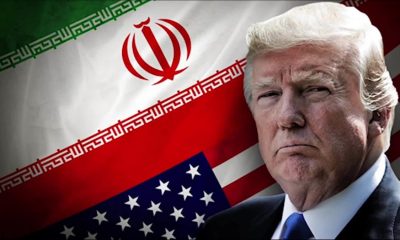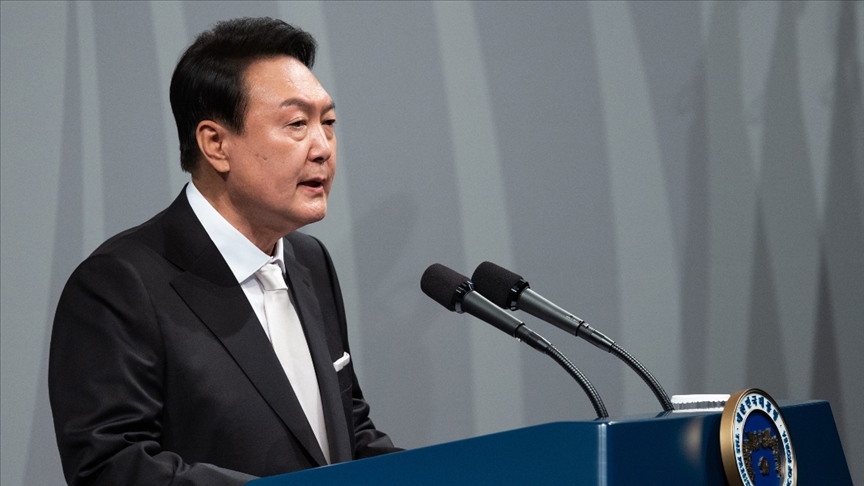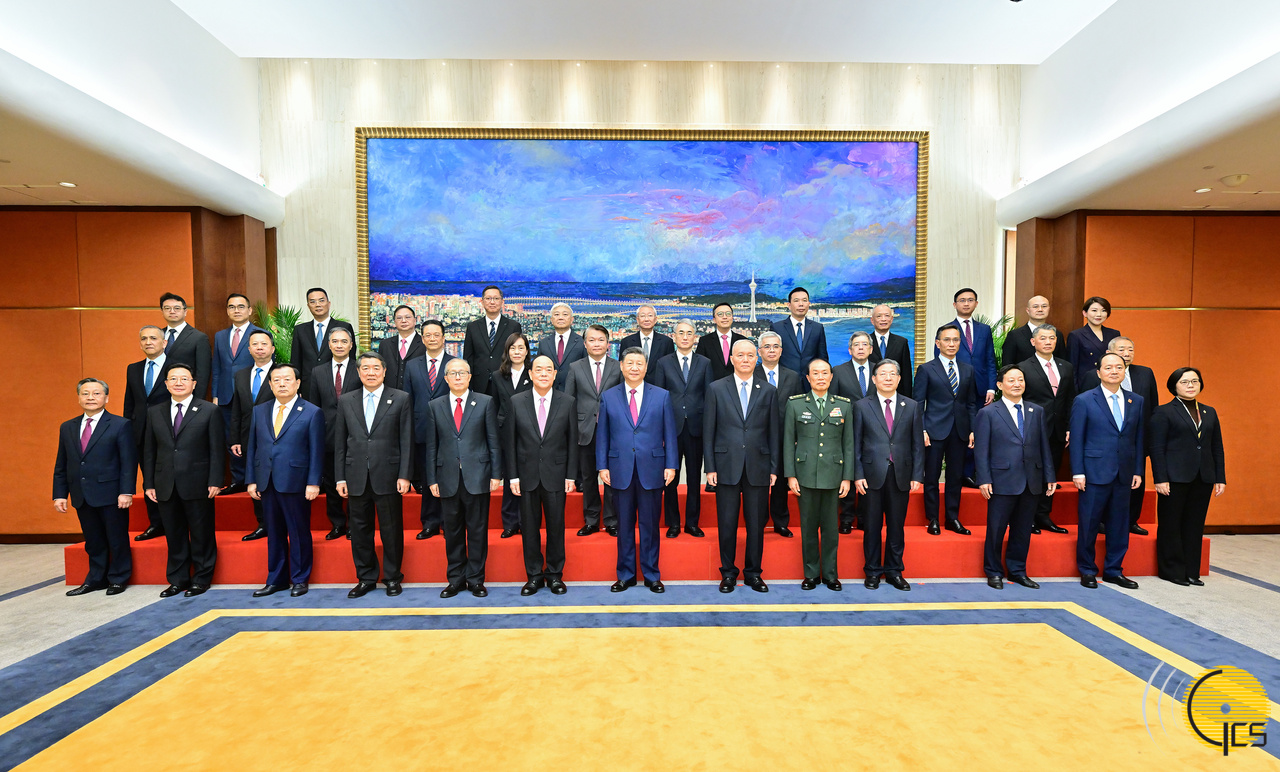The Chinese Foreign Minister Qin Gang landed in Islamabad on his two-day maiden visit for talks with his counterparts from Pakistan and Afghanistan. The Chinese foreign minister will take the issues of bilateral interaction with the Pakistani side but also try to forge cooperation on the vexed Afghan issue. The two sides also will meet the Afghan foreign minister, who is already in Pakistan.
Pakistan has confirmed the visit of Chinese FM Qin Gang and Afghan Foreign Minister Amir Khan Muttaqi to attend the 5th China-Pakistan-Afghanistan Trilateral Foreign Ministers’ Dialogue set for Saturday.
Pakistan foreign ministry in a statement said that this is the first visit of “China’s State Foreign Minister Qin Gang to Pakistan since assuming office.”
Besides the bilateral meetings, Qin Gang will participate in the 5th China-Pakistan-Afghanistan Trilateral Foreign Ministers’ Dialogue scheduled to be held on Saturday.
Chinese FM and his Pakistan counterpart Bilawal will co-chair the dialogue which is organized to discuss a mechanism that reviews bilateral cooperation in key areas.
The sides will discuss the evolving regional and global landscape and will reaffirm the abiding vitality of the all-weather strategic cooperative partnership and develop a roadmap for multidimensional cooperation between Pakistan and China.
Muttaqi will spend four days in Pakistan
Afghanistan’s FM Muttaqi reached Islamabad on a four-day official visit to partake in the trilateral dialogue and also to meet with Chinese and Pakistan top officials.
Muttaqi will also try to improve Afghanistan-Pakistan relations and trade ties between the two countries. Muttaqi has been accompanied by the Taliban’s minister of commerce and industry Nooruddin Azizi and other senior Taliban members.

Acting Foreign Minister of Taliban Amir Khan Muttaqi
“The visit of the Acting Afghan Foreign Minister is a continuation of Pakistan’s political engagement process with Afghanistan, which, inter alia, included visit of Pakistan’s Minister of State for Foreign Affairs to Kabul on 29 November 2022 and visit of a high-level delegation led by the Defense Minister of Pakistan to Kabul on 22 February 2023,” Pakistan’s Foreign Ministry said in a statement.
Both sides will review the entire spectrum of bilateral relations between Pakistan and Afghanistan in the political, economic, trade, connectivity, peace and security, and education domains, according to the statement.
The statement furthered, “Pakistan is desirous of a peaceful, prosperous, stable and connected Afghanistan and reiterates its commitment to pursue continuous and practical engagement with the Interim Afghan Government.”
Muttaqi and the travel ban
At the start of this week, the UN Security Council agreed to allow Muttaqi to travel to Pakistan. Muttaqi has long been subject to a travel ban, asset freeze and arms embargo under Security Council sanctions.
To attend the meeting, Pakistan’s UN mission requested an exemption for Muttaqi to travel between May 6-9 and no more details were disclosed, but the Pakistani sides will cover all the cost of Muttaqi’s trip.
Last month, the UN Security Council also allowed Muttaqi to travel to Uzbekistan to attend a meeting of the foreign ministers of neighboring countries of Afghanistan to shed light on the issues related to peace, security, and stability in the region.
Afghan Foreign Ministry Deputy Spokesman Hafiz Zia Takkal in a tweet post shared a video of Muttaqi who has reached Islamabad, saying that Kabul wanted to hold talks on a wide range of matters including, political, economic relations, regional security, and transit trade. Despite the trilateral dialogue, Muttaqi will also meet with several Pakistan officials.
Don’t forget – China, Afghanistan and Pakistan are neighbors
All hopes are on the Chinese FM who will meet with his Afghan and Pakistan counterparts in order to review the entire spectrum of trilateral relations between them in the areas of political, economic, trade, connectivity, peace and security.
There is no doubt that the three sides are ready to work for a peaceful region with mostly China that has been working for unity, peace, and trade connectivity between Islamabad and Kabul.
“China is the only neighbor of both Pakistan and Afghanistan that wants to play a huge role to help Kabul and Islamabad to brush aside their differences and work closely in areas of development,” a Taliban official said.
China has been pushing the work to remain engaged with the Taliban government, he told Harici on condition of anonymity. “China has been doing a lot to remind the world that engaging with the Afghan government would be in the best interest of them,” he added
Change on Taliban’s behavior
Meanwhile, Taliban Interior Minister Sirajuddin Haqqani on Friday called on the Taliban members to treat the citizens in the best manner.
Speaking at the ceremony to introduce the new governor of Kandahar, Haqqani warned that any kind of harsh behavior makes people hate Islam and called on Taliban members to mend their ways with the people.
“We should not act in a way where people start hating Islam,” Haqqani said, adding “our behavior should be such where people fall in love with Islam.”
In the past one week, over 13 government officials have been appointed or reshuffled, and the latest one was Muhammad Ali Hanafi, known as Mullah Shirin, who was appointed as the governor of Kandahar.

 EUROPE1 week ago
EUROPE1 week ago
 OPINION2 weeks ago
OPINION2 weeks ago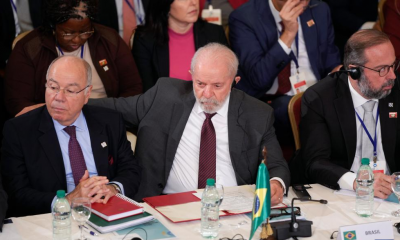
 OPINION1 week ago
OPINION1 week ago
 DIPLOMACY2 weeks ago
DIPLOMACY2 weeks ago
 OPINION2 weeks ago
OPINION2 weeks ago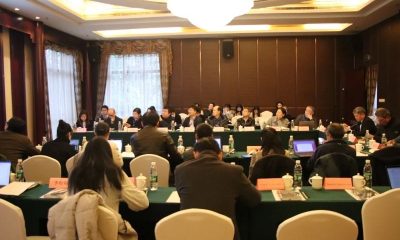
 ASIA1 week ago
ASIA1 week ago
 MIDDLE EAST1 week ago
MIDDLE EAST1 week ago
 MIDDLE EAST2 weeks ago
MIDDLE EAST2 weeks ago











